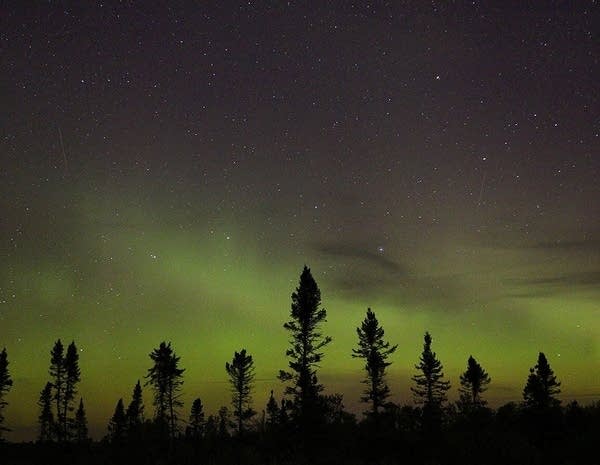Tips for spotting the northern lights, from an aurora devotee

The northern lights are seen in the sky north of Duluth early on Sept. 11, 2018.
Andrew Krueger | MPR News
Go Deeper.
Create an account or log in to save stories.
Like this?
Thanks for liking this story! We have added it to a list of your favorite stories.


